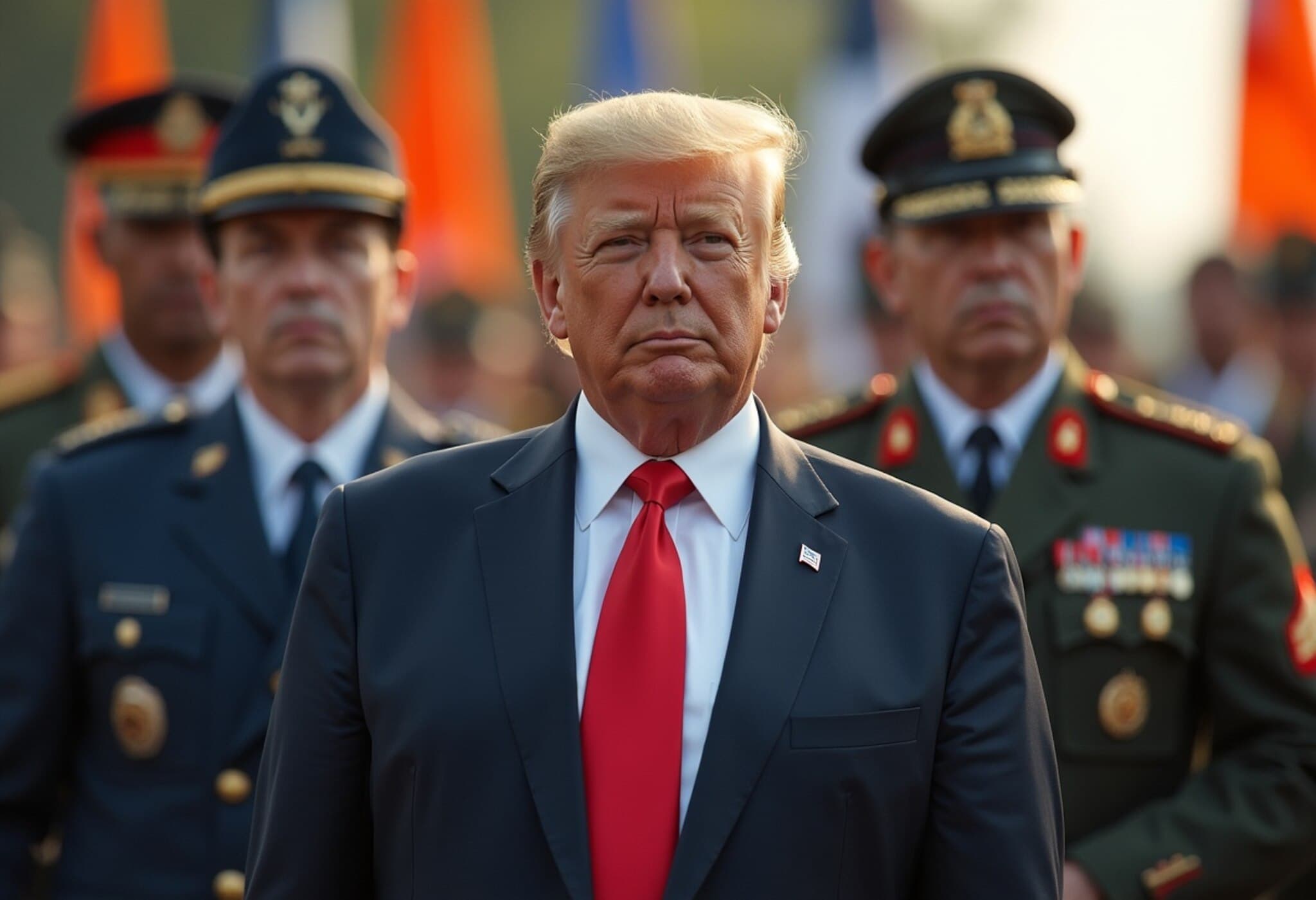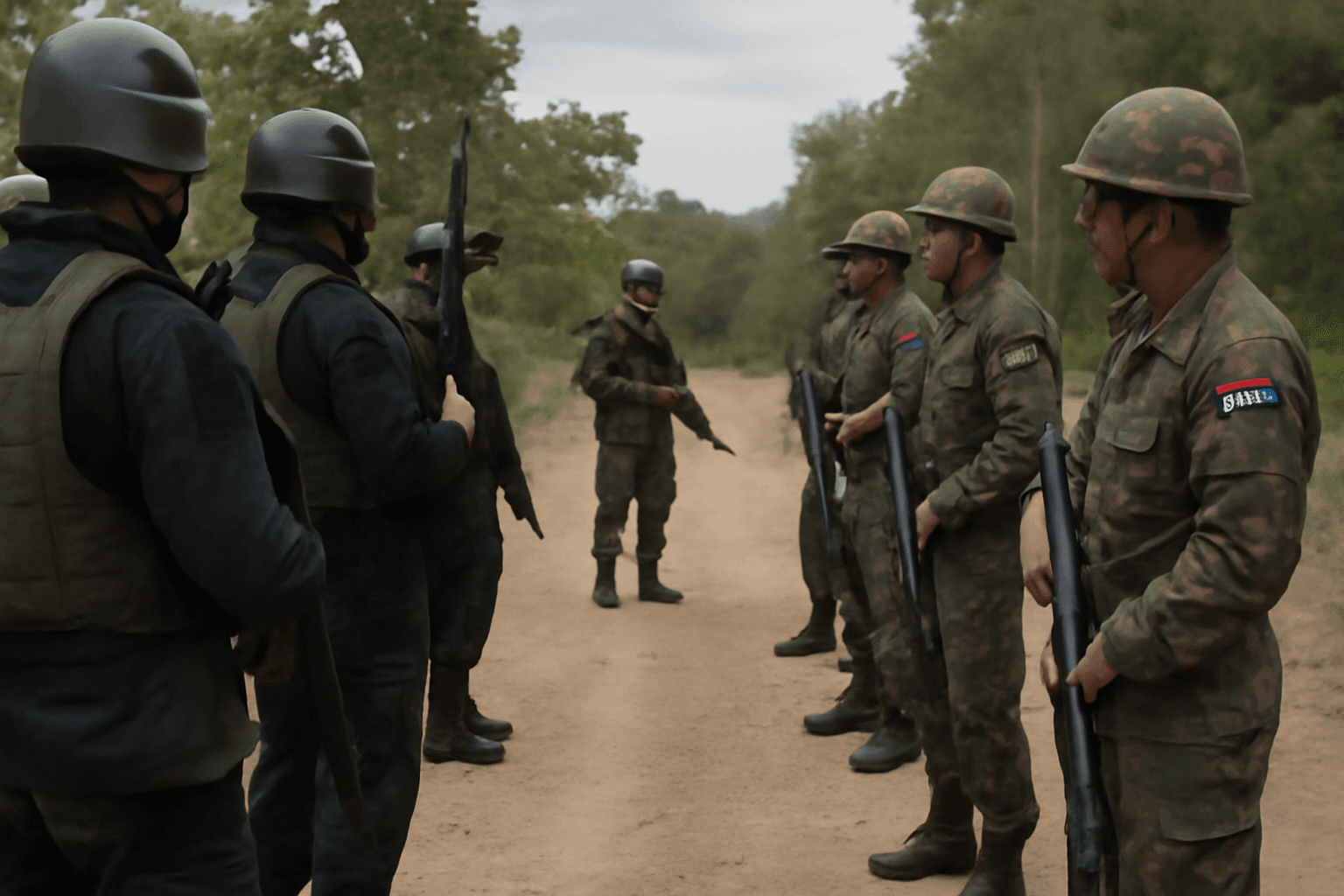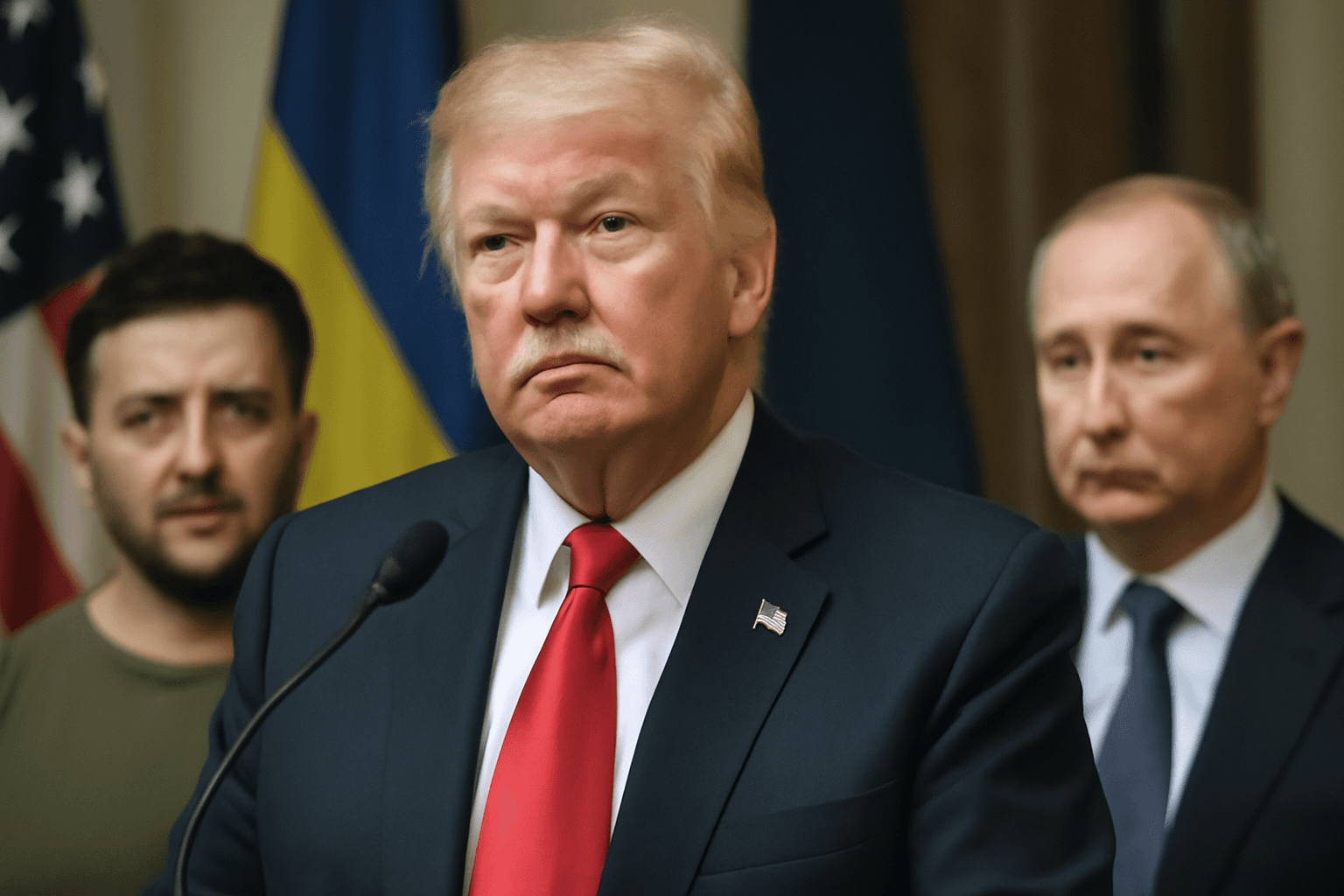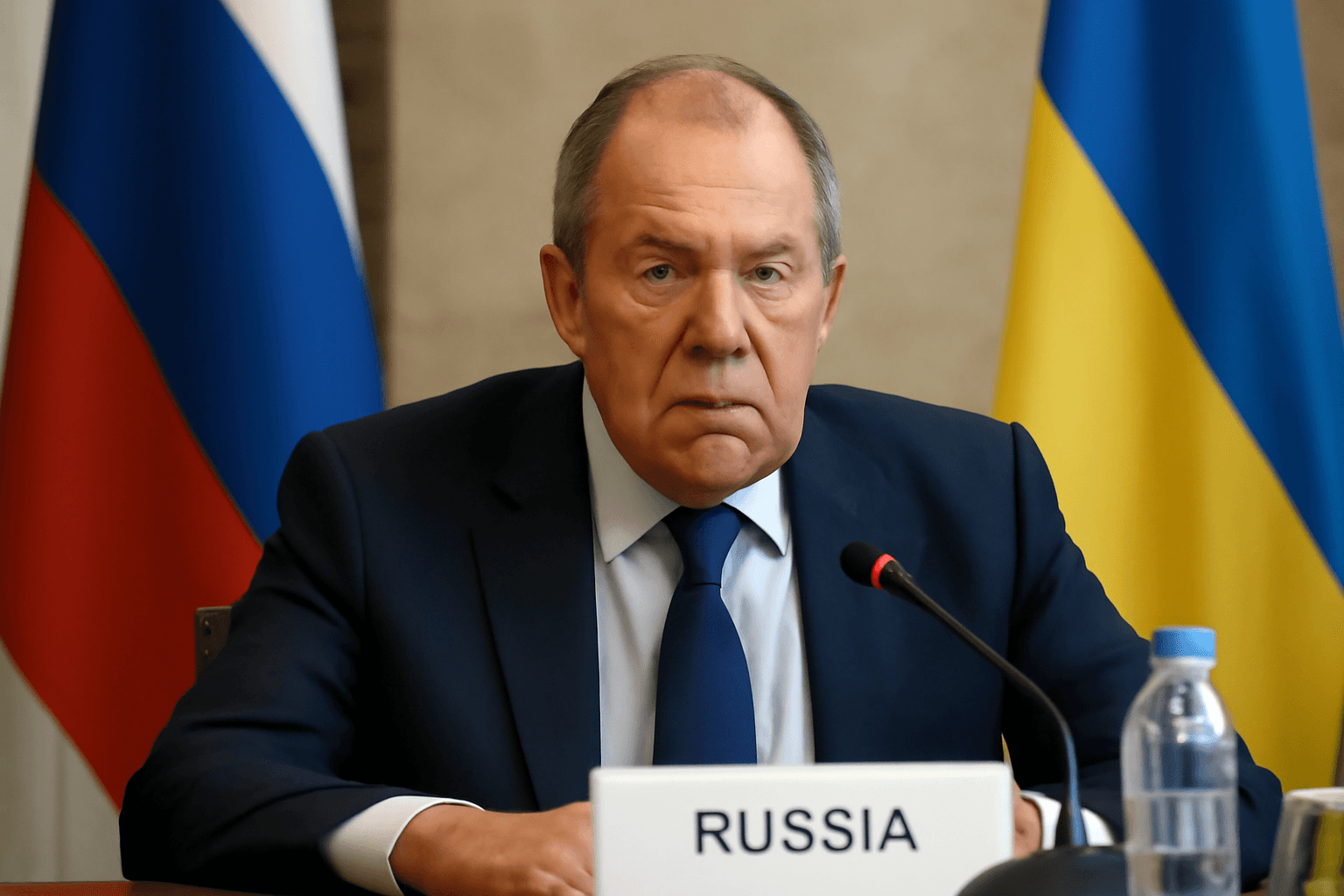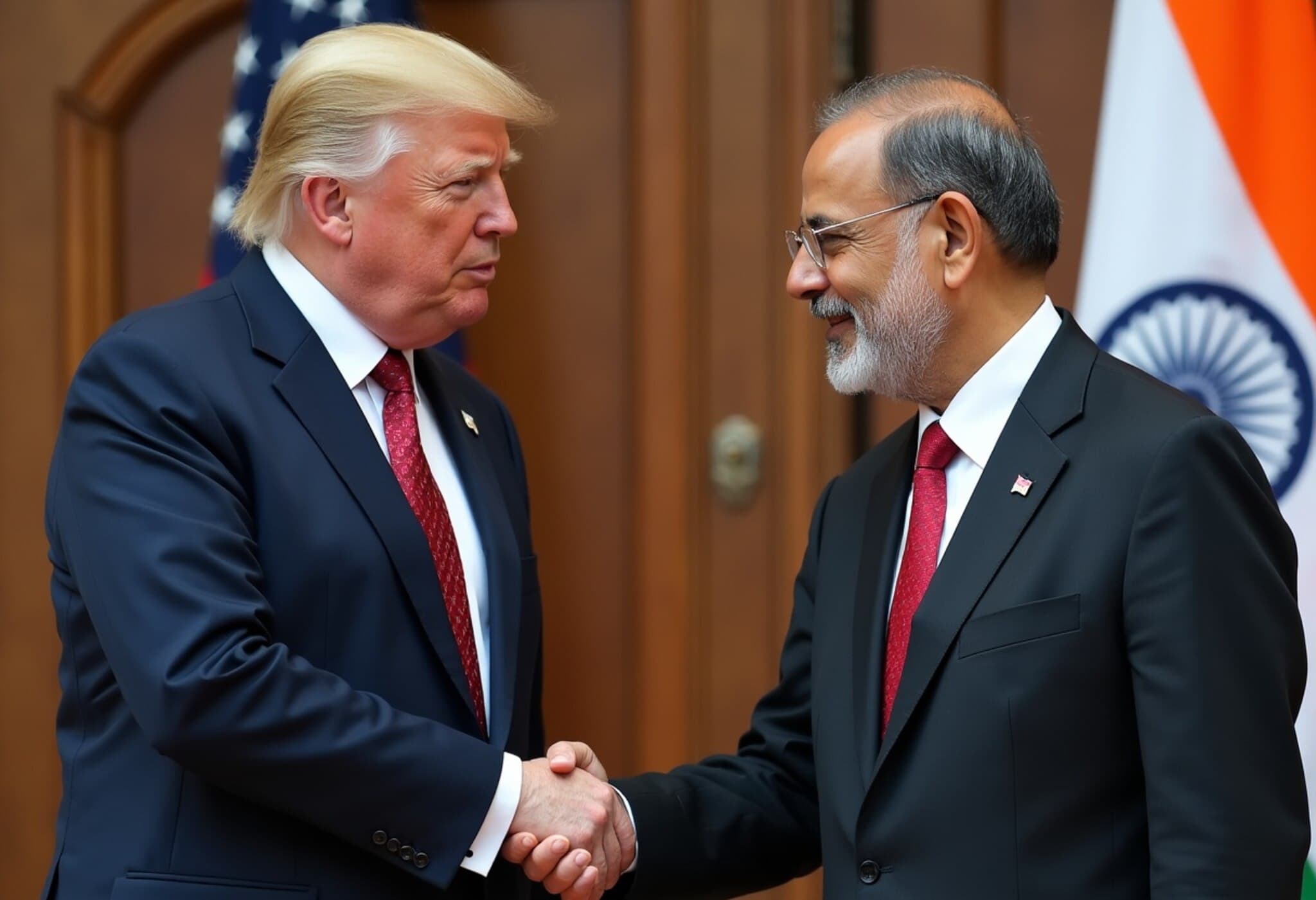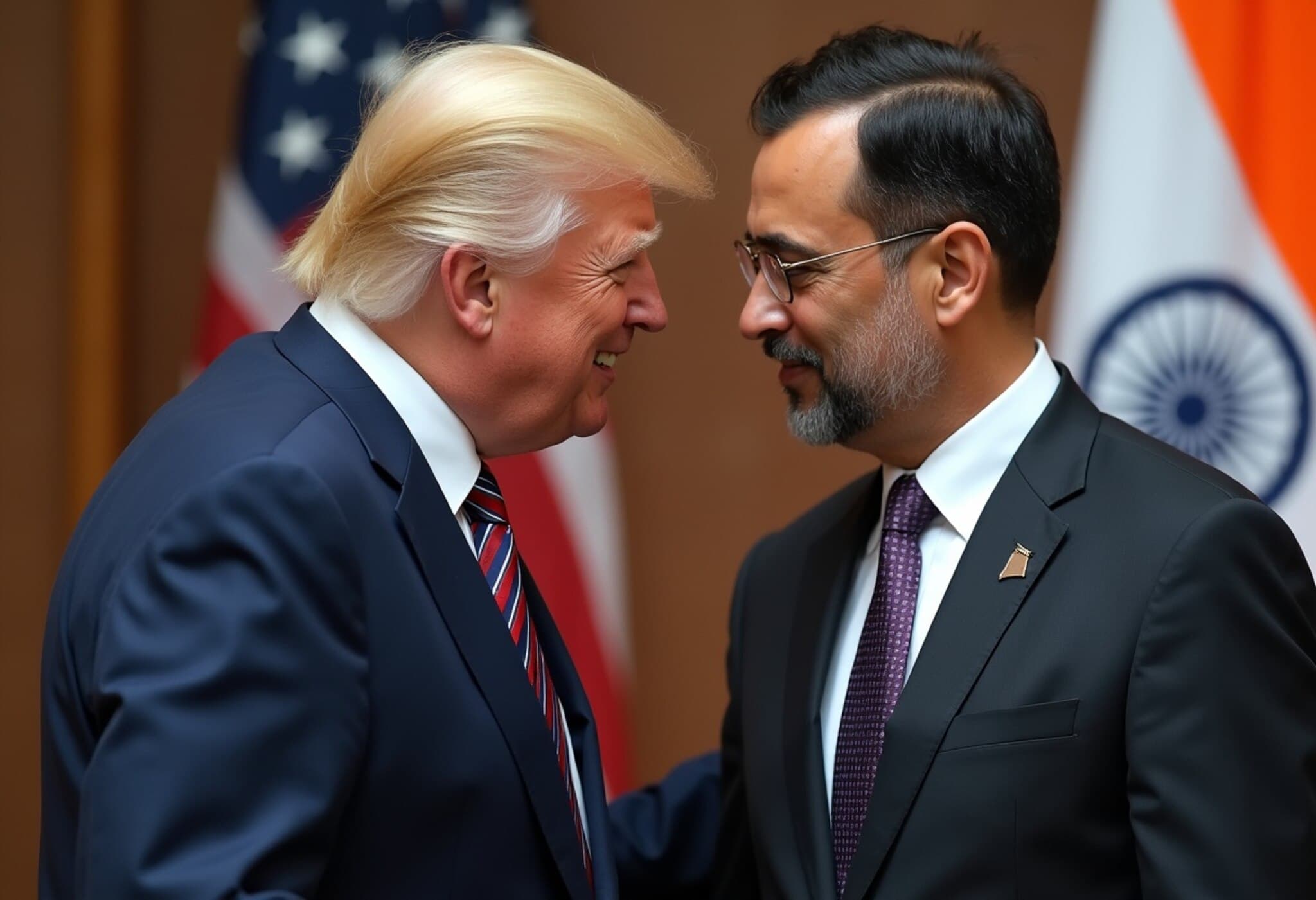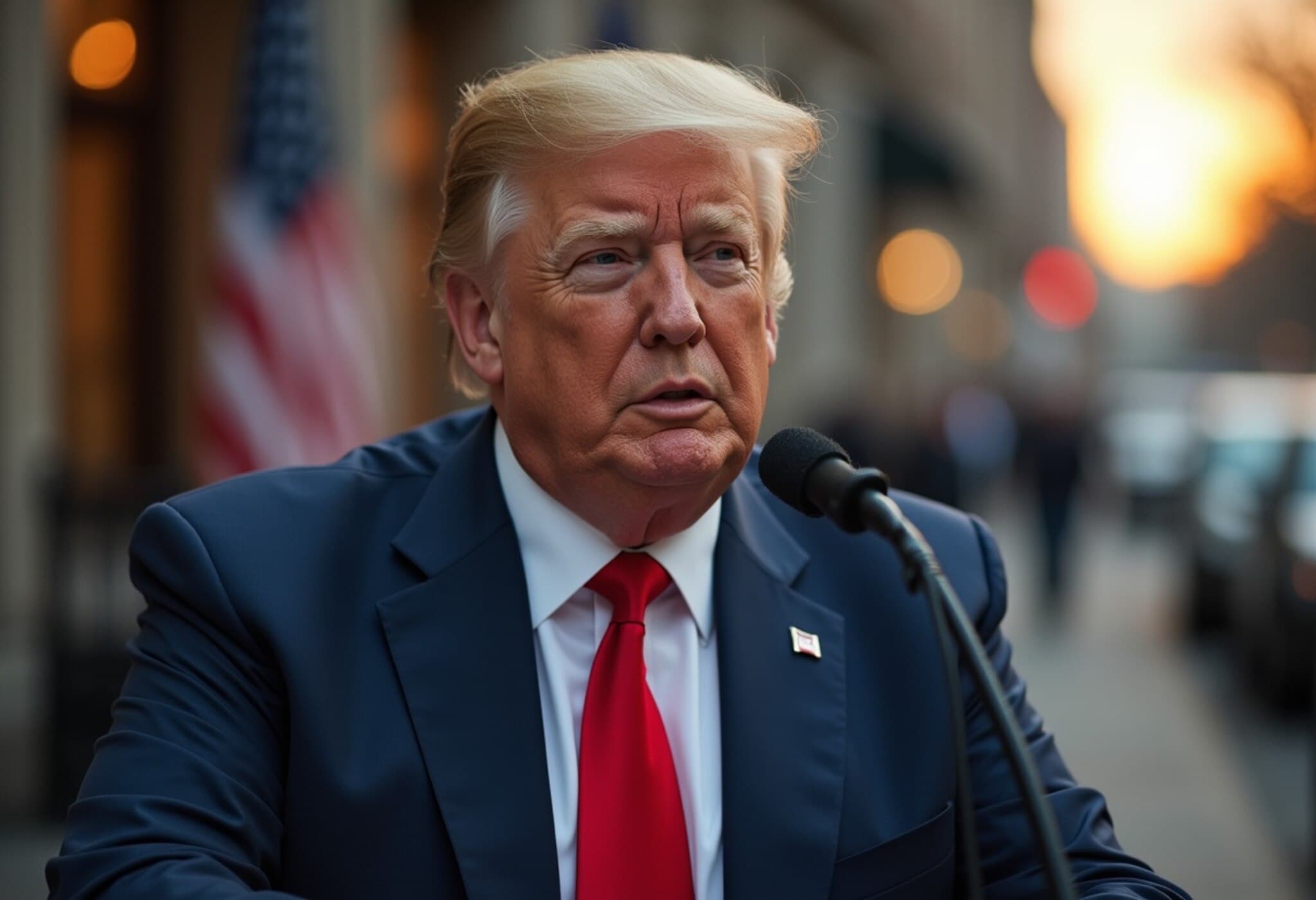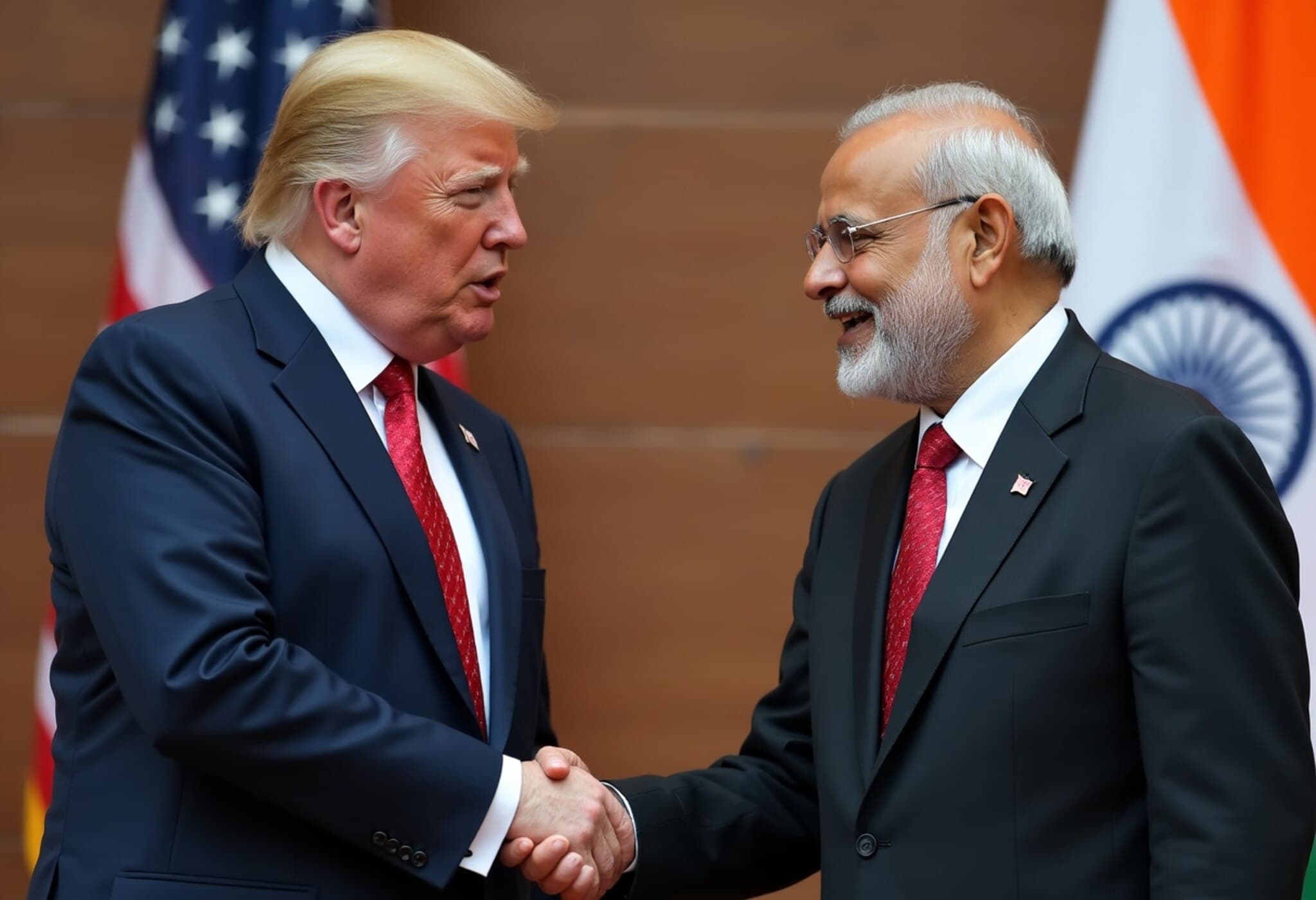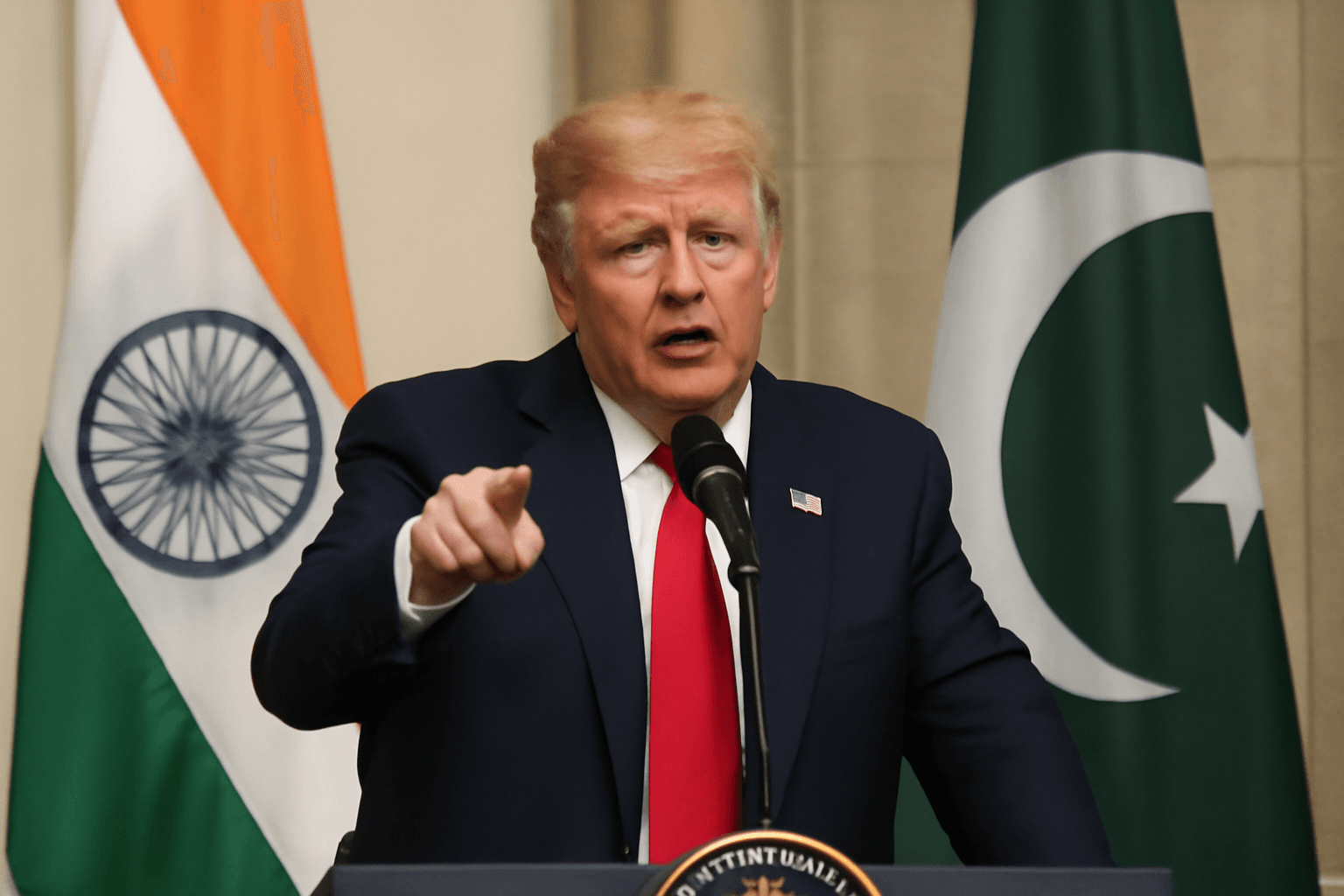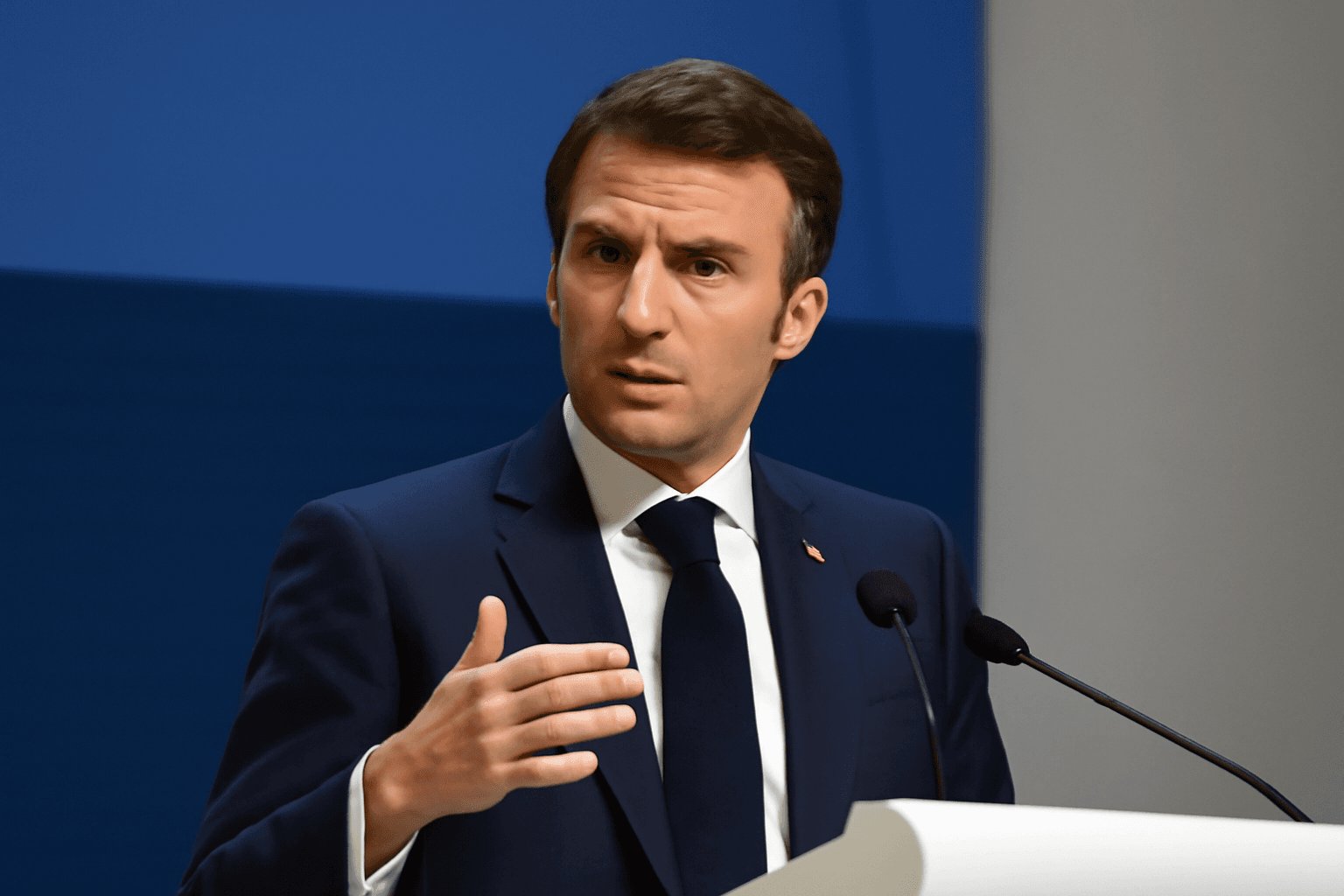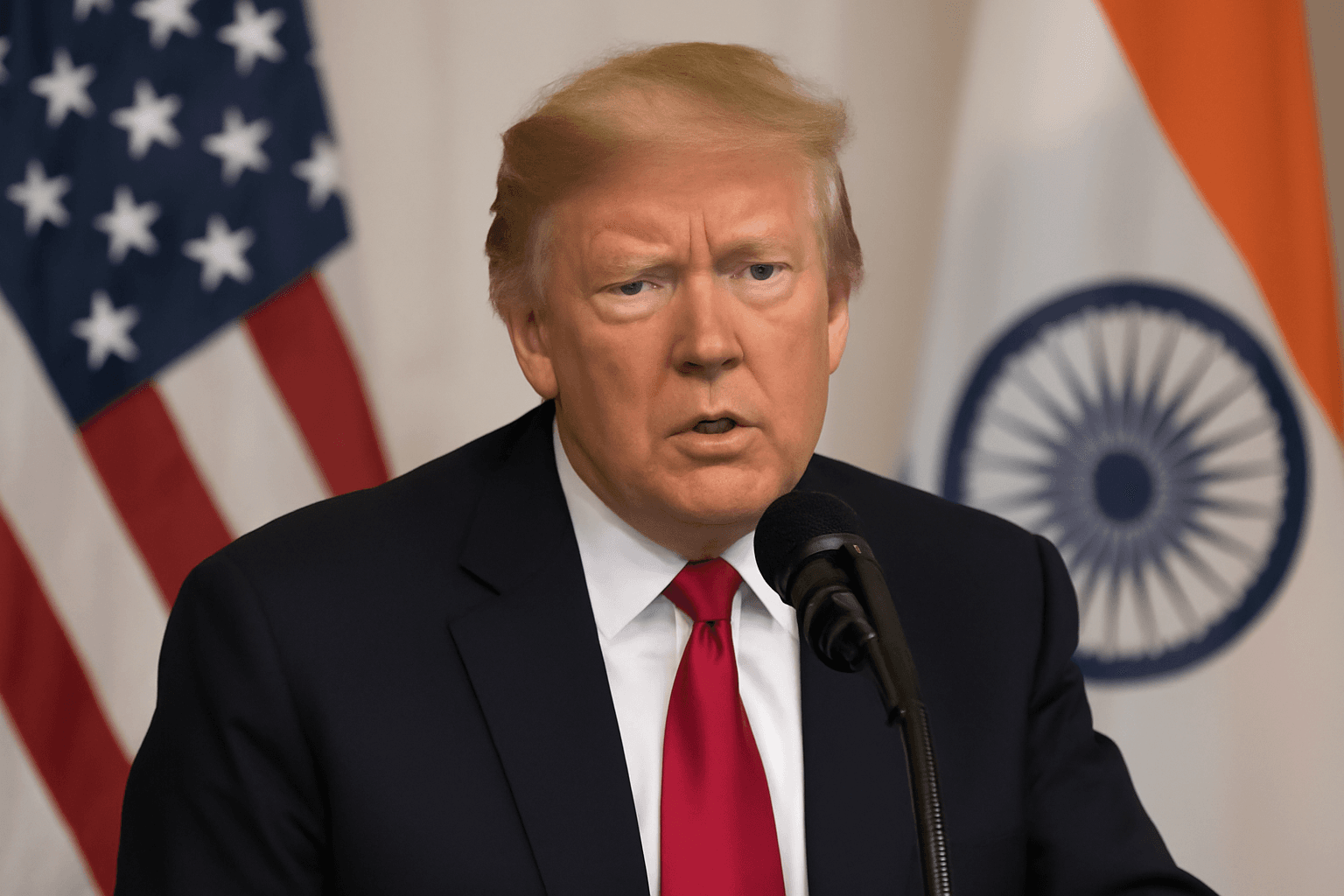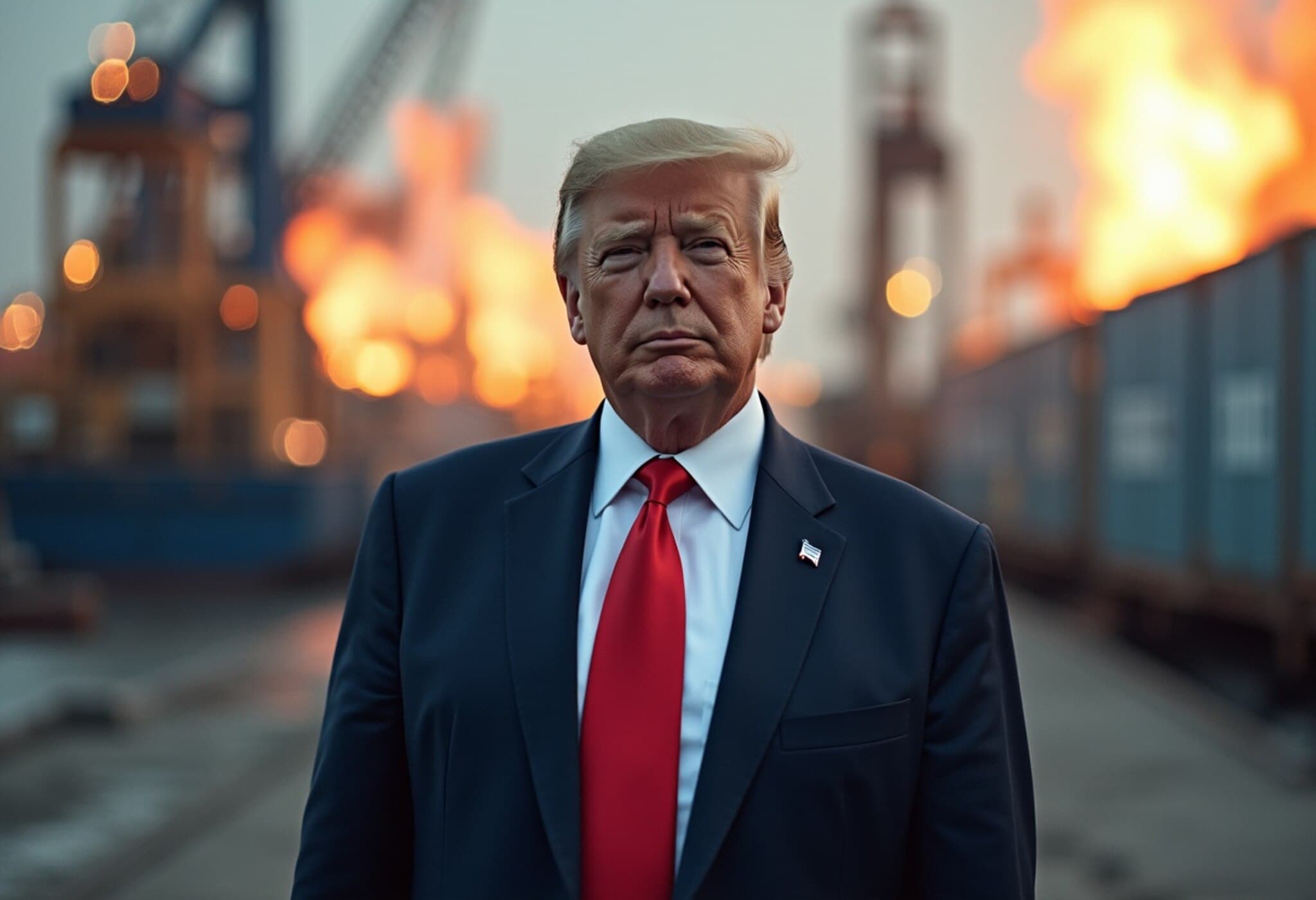India's Resilience Against US Pressure: A Historical Perspective
For decades, India has navigated the complex waters of geopolitical pressure from the United States, standing its ground amid demands and coercion that have tested its strategic autonomy. Most recently, during Donald Trump’s presidency, India faced economic pressure in the form of a 25% tariff on its goods—an escalation following months of tense trade negotiations, disagreements over mediation in India-Pakistan relations, and India’s continued procurement of Russian oil.
Trump's Tariff Standoff and India's Steadfast Response
Despite President Trump’s public proclamations of a “deep friendship” with India, his administration’s imposition of tariffs sent shockwaves through Indian industries, particularly steel and aluminium sectors. Exporters grappled with disrupted markets, while credit rating agencies like Fitch highlighted the jump in effective US tariffs from 2.4% to a stark 20.7%.
Yet, India responded with remarkable poise. Government officials emphasized that national interests would not be compromised for quick fixes or external pressures. A senior Indian official summarized the prevailing sentiment: “The era of unilateral compliance is long past.” India made it clear that constructive dialogue was welcome, but coercion would not dictate policy.
Echoes of 1971: Nixon’s Attempted Bullying During the Bangladesh Liberation War
This was far from the first time the US sought to impose its will on India. In 1971, during the Bangladesh Liberation War, President Richard Nixon and his National Security Adviser Henry Kissinger adopted a hardline stance that echoed Trump’s economic muscle-flexing today, but with naval power and nuclear posturing.
When India intervened to stop the humanitarian catastrophe unfolding in East Pakistan, the Nixon administration, prioritizing Cold War alignments, backed Pakistan’s dictator Yahya Khan. In a dramatic show of force, Nixon ordered Task Force 74, featuring the nuclear-powered USS Enterprise, into the Bay of Bengal. This deployment was officially described as a mission to protect American citizens but was widely seen as a warning to India against pushing further into West Pakistan.
The Soviet Union countered by shadowing the US fleet with nuclear submarines, transforming the Indian Ocean into a Cold War hotspot. Nevertheless, India, fueled by a commitment to end genocide and confident in Soviet support, advanced steadfastly. This boldness culminated in Pakistan's surrender and the birth of Bangladesh on December 16, 1971.
Despite eventual victory, the sting of American hostility lingered. Kissinger’s disparaging comments about Indian leadership and the overt US support for a military dictator rather than a democratic movement exposed the transactional nature of American foreign policy. Democracies might find allies in Washington—until strategic interests dictate otherwise.
What This Means for India-US Relations Today
- Historical Continuity: The 1971 episode is not merely a chapter in history but a prism through which to view contemporary challenges in India-US relations.
- Strategic Autonomy: India’s refusal to yield to economic or diplomatic pressure underscores its desire to chart an independent course aligned with national priorities.
- Geopolitical Trust Deficit: Past experiences reveal that alignment with US interests doesn’t guarantee unwavering support, especially when global power plays are at stake.
- Path Forward: Recognizing these dynamics, India seeks to balance partnerships with multiple global powers, ensuring neither dependency nor sacrifice of sovereignty.
Expert Commentary
Dr. Anjali Menon, a veteran analyst on Indo-US relations, argues that "This pattern of pressure, whether economic or military, reflects Washington’s broader challenge in reconciling its ideals with realpolitik. India’s measured yet firm responses showcase a maturing global actor unwilling to be coerced." She adds, "For US policymakers, understanding India’s long-term perspective is critical in cultivating a partnership based on mutual respect rather than dominance."
Conclusion
The story of India’s interactions with the United States is as much about resilience as it is about diplomacy. From the tense naval standoffs of 1971 to tariff impositions in the 21st century, India has consistently asserted its sovereignty without abandoning its role on the global stage. As international relations evolve, this history offers vital lessons on the complexities of alliance, power, and respect.
India’s experience reveals the nuanced dance between global powers where national interests often collide with geopolitical strategies. The question remains: how can emerging economies like India forge partnerships that honor their autonomy while navigating a landscape dominated by superpowers? Reflecting on the past is essential to shaping a future built on balanced and equitable international relations.

